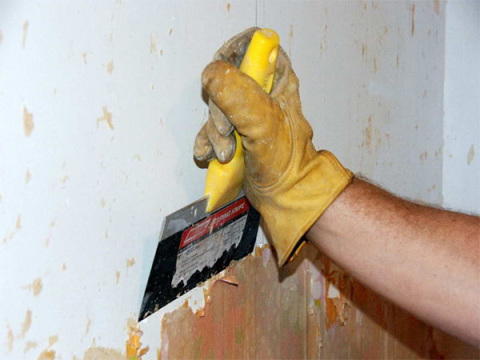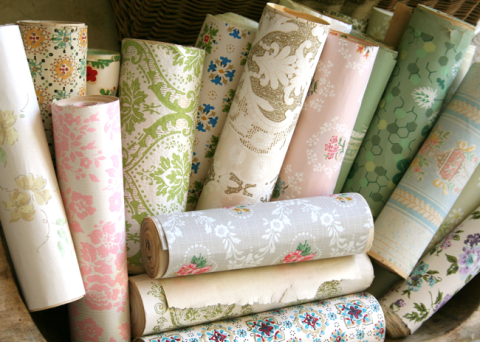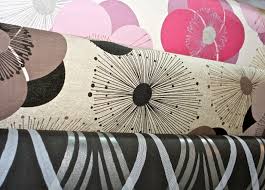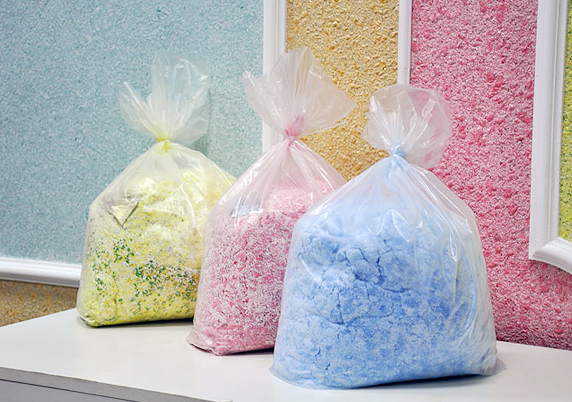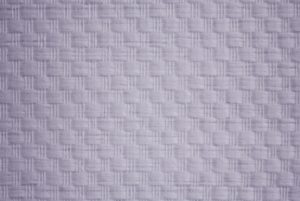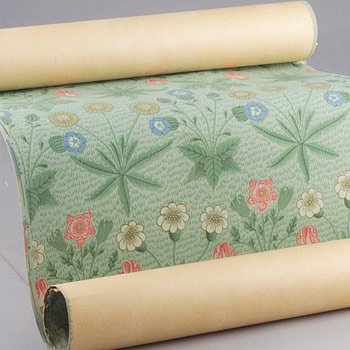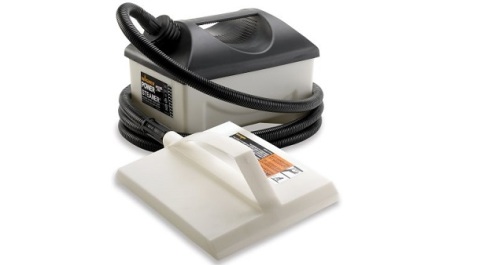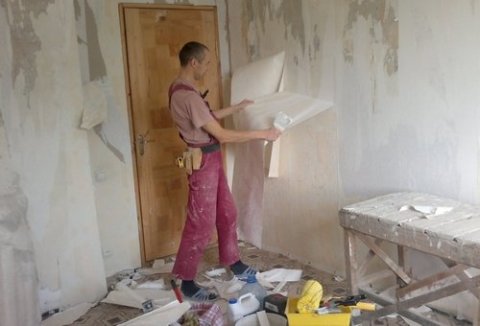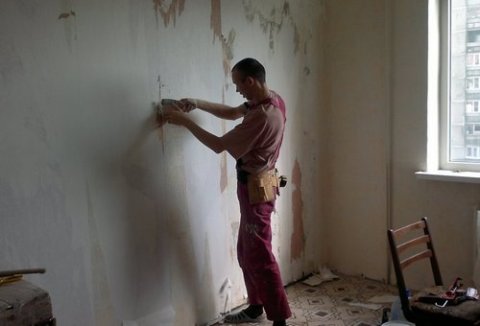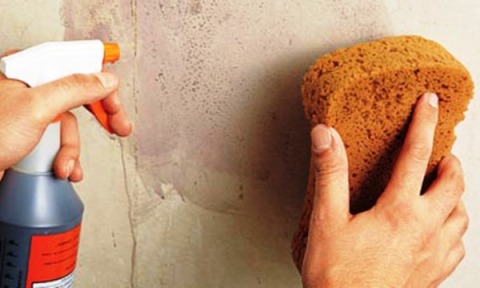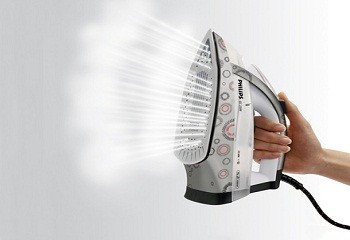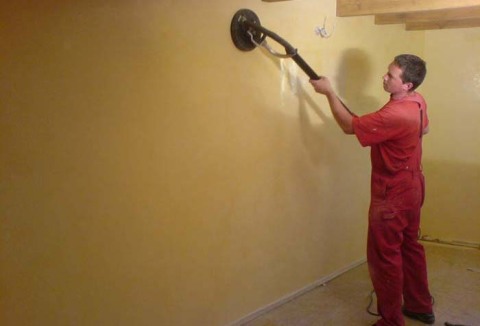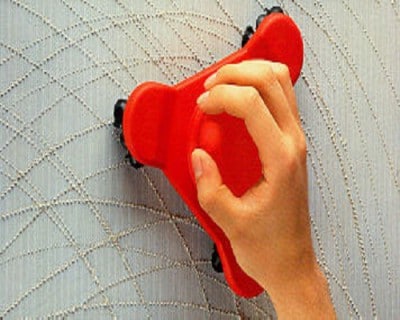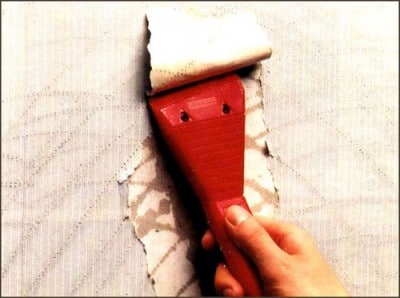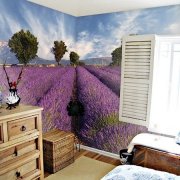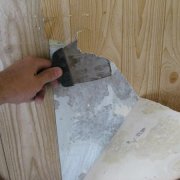How to quickly remove old wallpapers of various types from the walls
Carrying out redecoration often begins with the removal of old coating from the walls. To stick new wallpaper or paint walls without flaws, even small old fragments of the coating should not remain on the surface. How to quickly remove old wallpapers of various types from the walls, an article invites you to get acquainted.
The content of the article
Why remove the old coating
Some stick new cloths on an old covering, it is not necessary to do so.
There are several reasons for this:
- Due to the presence of old wallpaper on the walls, the surface will not be perfect. On it, after drying of the new paintings, tubercles and other defects will appear.
- There is a possibility of peeling off new and old sheets.
- Under the existing coating layer, mold can form, pathogenic bacteria can develop, which will pose risks to human health.
Before you quickly remove the old wallpaper from the walls, the method of work is chosen, which depends on the type of paintings and glue that was used to sticker them.
Types of wallpaper in modern interiors
Before you quickly remove the old wallpaper from the wall, you need to get acquainted with the types of this coating.
The most popular of them are presented in the table:
| Benefits | disadvantages |
|
|
|
|
|
|
|
|
|
|
|
|
Tools to remove wallpapers of any kind
Before you quickly remove old wallpaper from the walls, you need to purchase some equipment.
To remove paintings of any kind you will need:
- Sharp spatulas of different widths.
- Water with the addition of a wallpaper or soap remover.
- Steam generator or iron.
- A piece of cotton fabric.
- Special roller for applying perforation.
- Reliable stepladder.
- Polyethylene film.
- Knife.
- Adhesive or insulation tape.
Tip: Wallpaper from the walls should be removed wet. In this case, there will be less dust and less time will be required to complete the work.
General recommendations
Before you quickly remove the wallpaper from the walls, you should find out some recommendations and get acquainted with the video.
Wherein:
- First you need to determine the basis of the wallpaper, which can be paper or non-woven.
- You should not moisten all the walls at once, it is better to do this in small areas. Otherwise, the wetted areas may dry out and need to be done first.
- “More - does not mean better”: you need to wet the surface profusely, but in moderation. Especially when removing wallpaper from drywall walls.
- It is necessary to prepare the room: remove or cover heavy furniture, move all things, lay the floor with polyethylene or paper, turn off the electricity.
- Vinyl wallpapers are easier to remove using specialized fluids.
- After removing the coating, the walls need to be washed with ordinary water to remove glue residues and cleaning solutions.
- After the surfaces have dried, all defects are closed: holes and cracks are smeared, the plaster is adjusted.
Tip: If monophonic wallpapers hold well on the wall: there are no bubbles on them, they do not leave the surface, do not crack, to update the interior of the canvas, you just need to repaint it with a different color.
Wallpaper Removal
How to quickly remove wallpaper from the wall in the absence of experience in such work?
In this case, the instruction for any type of canvas is general:
- The power goes out.
- Sockets and switches are closed with tape.
- Old pieces of paintings can be touched with a spatula under the edge, and then pulled over.
- Non-defensible places are tucked away and adjusted with a spatula.
- If the dry panels are not removed, they need to be soaked. In this case, it is required to walk over the entire surface with a sponge previously moistened with warm water, as in the photo. After a few minutes, the wallpaper will be easily removed.
- In water, it is better to add soap, detergent for washing clothes or washing dishes.
- The volume of water should be sufficient so that the surface of the wallpaper does not have time to dry, and the glue is well soaked. But a large amount of liquid can lead to its draining from the surface of the canvas, which will not give the desired effect.
- A less time-consuming option is to use a steam generator. The steam will quickly soften the paper backing and glue underneath.
How to quickly remove wallpaper from the walls
An analogue may be a conventional or steam iron.
Tip: To easily remove wallpaper, especially when performing work for the first time, you must use special fluids to remove them. They quickly penetrate under the paper layer and soak glue well.
- The sheet removal fluid is mixed with water and the entire area of old wallpaper is sprayed with a spray gun. After a few minutes, the coating is easily removed with a spatula.
To remove old do-it-yourself canvases glued on PVA glue, you can use the following methods:
- On a small segment, the adhesion of the coating is checked.
- Hands or using a spatula, the wallpaper is removed from the wall.
- Faster work is performed by a grinding machine.
In this case, after work, grooves and strips remain on the wall, and the plaster is damaged. Therefore, after removing the paintings, you need to level the surfaces.
Tip: When using special equipment, it is necessary to ensure the safety of work and protect people from dust in the respiratory tract.
Removing washing wallpaper
This coating is the easiest to separate from the wall. Vinyl wallpapers and other washable coatings are high-strength vinyl film glued on a paper basis.
To remove them:
- Knife or wallpaper tiger is perforated on the walls.
- The wall is well wetted by water.
- The surface is left until moisture penetrates under the polymer film and dissolves the glue.
- A horizontal incision is made at the top with a knife.
- Wallpaper is easily removed from the wall.
Polyvinyl chloride is a fairly strong coating, so the paintings are separated in whole strips without breaking into separate elements. You can use a steam generator.
Adhesive will swell from exposure to steam, and walls can be quickly cleaned of wallpaper without diluting dirt. Vinyl wallpapers can be removed with a special liquid with the addition of a small amount of PVA glue.
For this:
- The walls are covered with mortar.
- Leave for 2 hours.
- Removed in whole strips. This is due to the fact that when gluing vinyl wallpapers, special glue is used, and under the influence of PVA glue, it begins to lose its strength.
Removing wallpaper from a drywall wall
The peculiarity of removing wallpaper from drywall walls is that this material does not tolerate moisture, it is easy to injure. To remove old paintings from drywall walls, you need to be very careful.
For this:
- The walls are perforated.
- Wetted with water, but not too hard.
- It is better to use special formulations to remove the vinyl coating.
- The technology for removing old canvases is the same as using water.
There are some features of removing wallpaper from drywall:
- It is easier to dismantle the coating after gluing it on a special adhesive used for vinyl material.
- There will be no problems with the removal if the sheets of drywall are glued before gluing the paintings.
- Non-woven wallpaper is easier to remove. They can be stratified: pry off with a sharp spatula or knife, and then peel off the top layer, and the base can be easily removed after soaking.
- When using PVA glue for wallpapering, it will not be possible to maintain the integrity of drywall paintings.
It is not at all difficult to remove the wallpaper from the walls. You can handle this kind of work yourself, just purchase the necessary tools, equipment and be patient. A canvas of any type of wallpaper can easily move away from the surface with a skillful approach.
If you do not want to spend your time on a laborious procedure yourself, you can invite an experienced master. A qualified specialist knows how to remove wallpaper from the walls quickly, regardless of their type.
